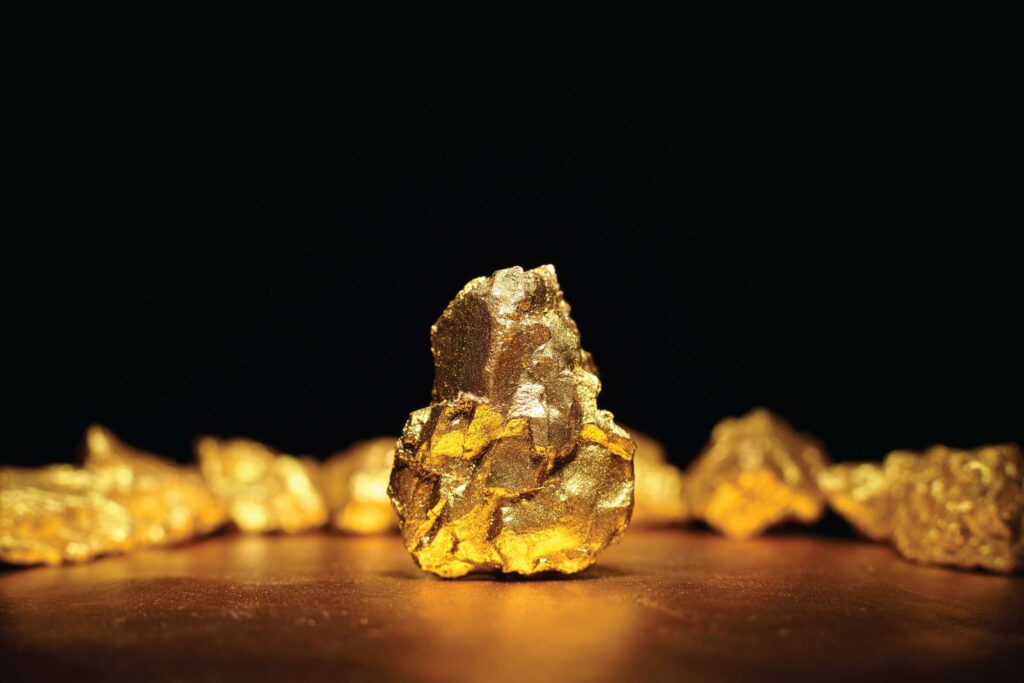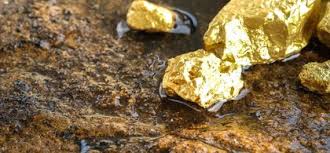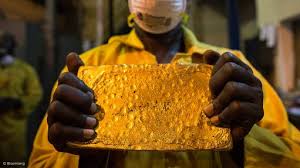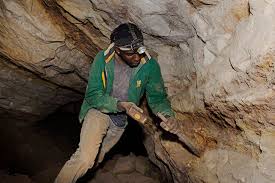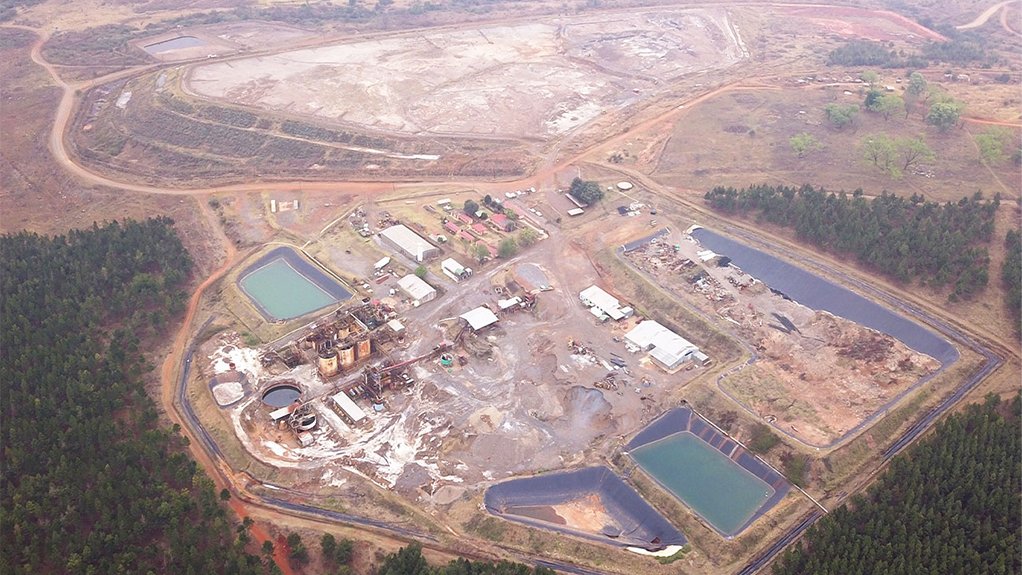Precious Metals

South Africa’s platinum mine dumps get a second look as clean energy lifts demand
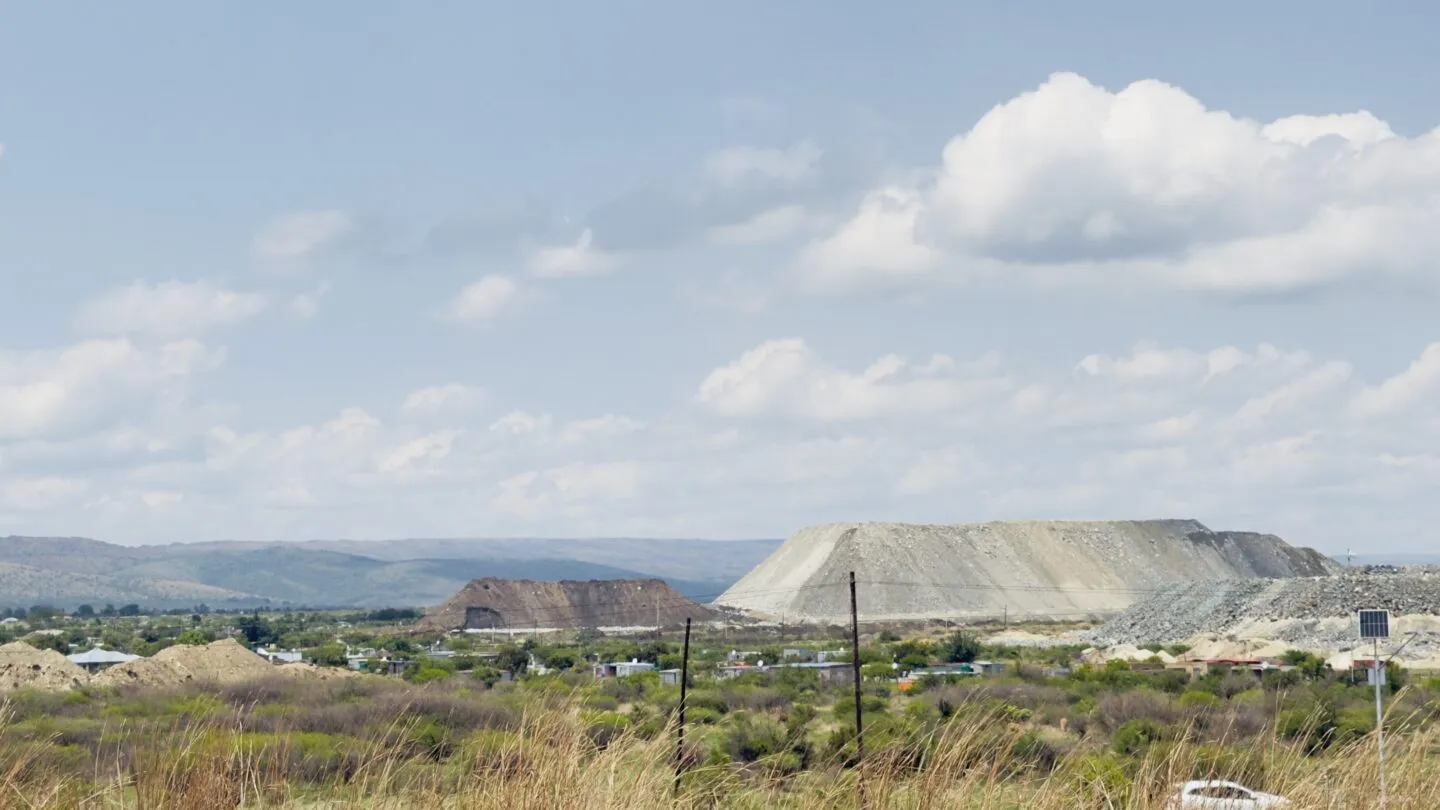
In South Africa's Rustenburg region, massive piles of mining waste, known as tailings, are a legacy of platinum production. As global demand for platinum group metals (PGMs) rises for use in hydrogen tech and cleaner cars, mining companies are turning to this once-discarded material. Reprocessing tailings is promoted as a more sustainable way to secure these critical minerals, potentially reducing environmental liabilities and avoiding the need for new, destructive mines.
However, in communities like Chaneng, where these tailings dumps loom over homes, residents are deeply skeptical. They view the plans of mining giant Sibanye-Stillwater to reprocess the waste with suspicion, fearing it will bring more dust, contamination, and health problems without addressing long-standing grievances. Decades of mining have left them with high unemployment, contaminated water, rampant respiratory diseases, and a loss of agricultural land without adequate compensation.

Consequently, the community is demanding tangible benefits from any new operation. Their demands include a 15-30% ownership stake in the project, comprehensive water testing and treatment, properly resourced clinics, and compensation for their lost land. They argue that their historical suffering constitutes an initial investment that now entitles them to decision-making power and returns.
Technologically, reprocessing has become viable. New methods can economically extract significant concentrations of PGMs and other minerals like chromite from the tailings. While the economics and technology are now favorable, the central challenge remains ethical: structuring these projects to break the historical cycle of extraction and injustice. Without genuine community benefit and ownership, critics warn, this new form of mining risks perpetuating the same old patterns of profit for companies and marginalization for local residents.




